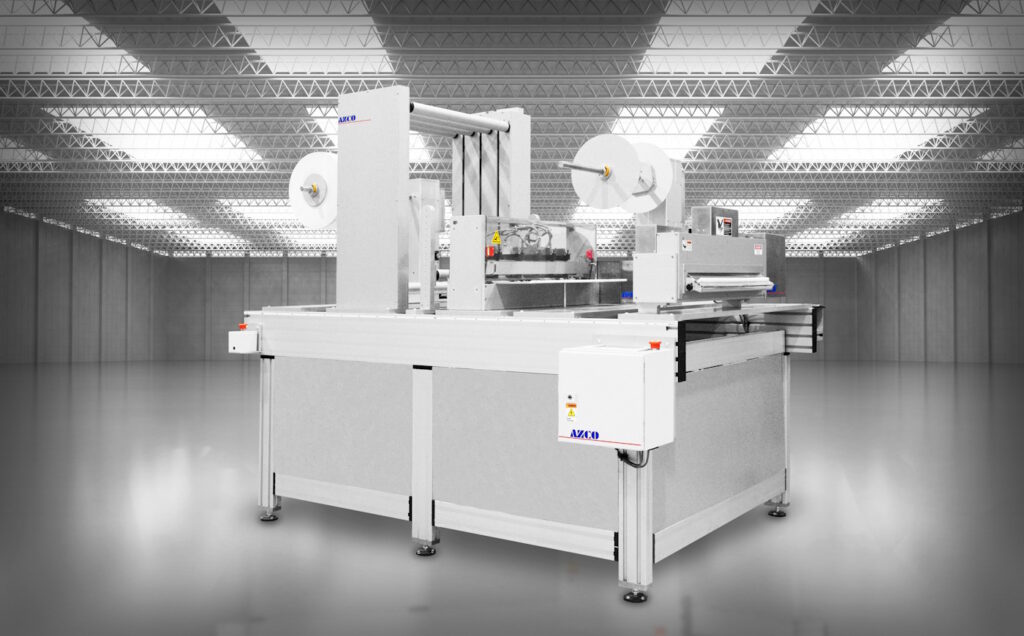
Driving Flexibility and Cost Savings With Modular Cutting Assemblies
Traditionally, cutting operations on converting lines are tightly coupled with a single large-scale manufacturing process — an approach that involves costly, purpose-built machines designed for fast line speeds, around-the-clock operation and high-volume web speeds. Despite their benefits, however, these monolithic machines don’t serve every application. Low- and medium-volume converting operations, as well as production lines requiring frequent changeovers, would benefit from a more flexible manufacturing approach.
How Modular Cutting Assemblies Overcome These Issues
Instead of an expensive custom built machine that is matched to a single production line, modular cutting assemblies consist of different “building blocks” that you can add to new or existing production lines. The end result is a flexible, competitively priced cutting assembly perfectly tailored to your application. For example, you can seamlessly integrate unwinds, slitters, traveling knife assemblies, accumulators, stations for laminating, cut-to-length and perforating tasks, and rewinds to handle all types of films, nonwovens, paper products, absorbent materials, foils, laminated materials and high-performance materials.
Traditionally, to deploy a custom machine with some combination of these functions requires a high degree of custom engineering, driving cost and time. On the other hand, modular cutting assemblies offer these capabilities as standard modules for fast, easy and cost-effective installation and removal.
The Benefits of Modular Cutting Assemblies
Of course, the high-speed dedicated machine still has its place — particularly for high-volume operations that handle millions of products weekly or monthly. Many companies, however, don’t deal in such high volumes, requiring up to 100,000 to a million products per order. For these companies, it doesn’t make sense to invest in such high-speed machines.
For these companies, the modular approach can unlock many benefits, lowering the time it takes to source the equipment, reducing costs and downtime, supporting faster changeovers, accelerating response times for custom products and much more.
Here’s a rundown of the benefits:
- Modular cutting assemblies reduce costs compared to purpose-built equipment.
- These assemblies support operations with a high degree of customization, as well as those that need frequent changeovers. Operators can simply install, remove or turn off individual modules.
- Modular cutting assemblies are flexible and support more agile manufacturing. You can integrate the equipment into existing production lines or as part of new ones. You can also mount the modules in any position.
- Integration is easy — simply install and start using.
- These assemblies support a wide variety of material types, even difficult ones like laminated plastics, adhesive-based products and high performance materials.

